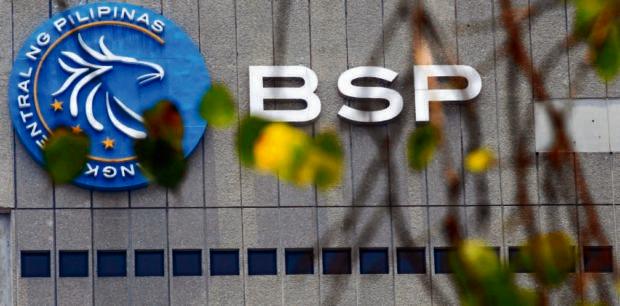High rates tempered Q1 increase in home prices
Prices of new homes in the country increased at a slower pace in the first quarter of 2024, as a high interest rate environment continued to curb consumer demand for fresh housing loans, the Bangko Sentral ng Pilipinas (BSP) reported.
Prices of various types of new housing units—as measured by the residential real estate price index (RREPI)—rose at an annualized rate of 6.1 percent in the first three months of the year, easing from the 6.5-percent growth in the preceding quarter.
But on a quarter-on-quarter basis, home prices nationwide grew by 1.1 percent, a turnaround from the 3.6-percent sequential contraction posted in the fourth quarter of last year.
The RREPI is a measure of the average change in the prices of shelters based on banks’ data on actual mortgage loans granted to acquire new housing units. This quarterly gauge, however, excludes pre-owned or foreclosed properties.
Housing loans
Data from the BSP showed the softer increase in home prices coincided with weaker consumer appetite for housing loans. In the three months through March, the number of bank loans granted to purchase new homes grew by 8.9 percent year-on-year, a sluggish pace compared to the 30.5-percent expansion during the quarter before that.
Figures showed most of the loans were used to buy single-detached/attached houses at 43 percent, followed by condominium units (34.7 percent), and townhouses (22 percent).
Quarter-on-quarter, growth of new housing loans contracted by 24.2 percent, an indication that the economy continued to absorb the aggressive anti-inflation hikes of the BSP.
Banks use the BSP’s policy rate as a guide when charging interest rates on loans. By making borrowing costs more expensive, the BSP wants to temper strong demand for commodities with limited supply. This, in effect, tames inflation.
The last time the BSP delivered an anti-inflation rate hike was during an off-cycle decision in October last year, when it lifted the key rate by 25 bps. Overall, the BSP had raised its policy rate by a total of 450 bps in the current cycle, among the most aggressive in Asia. INQ

